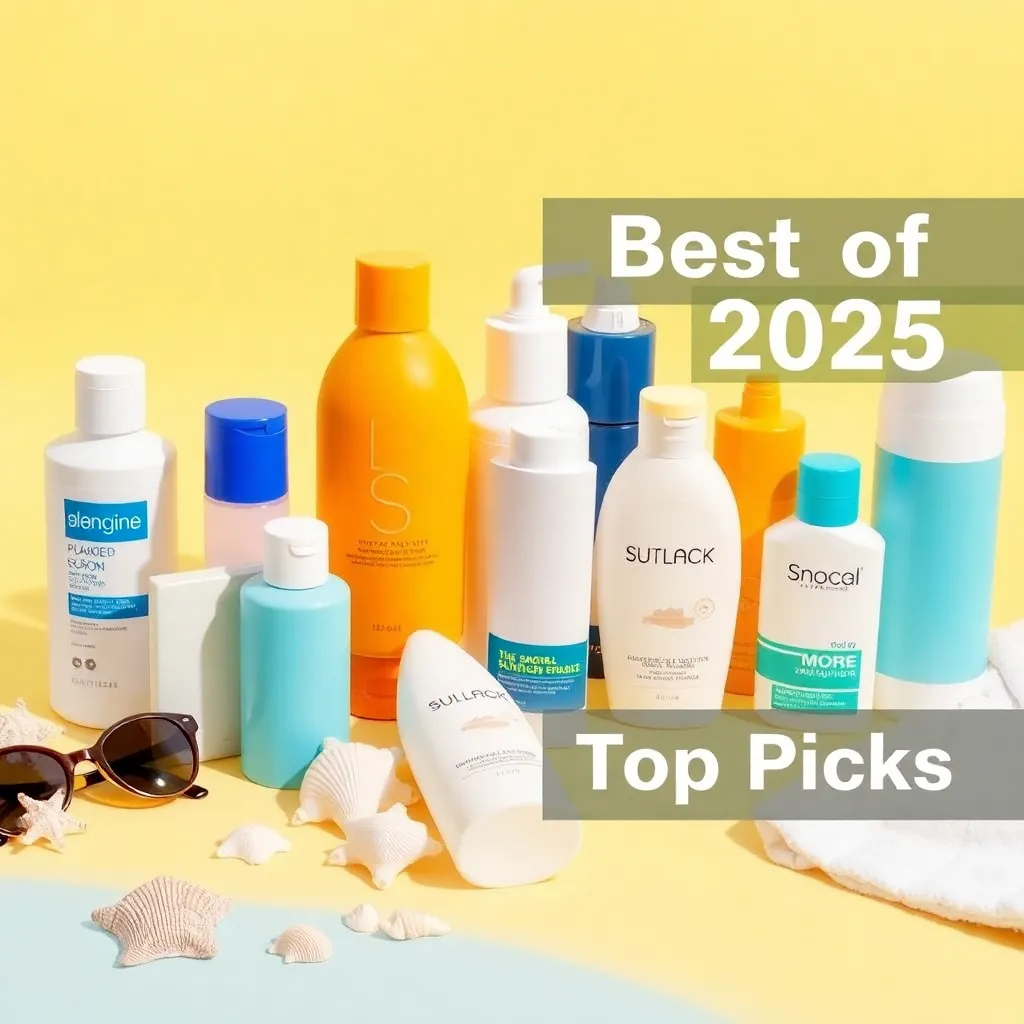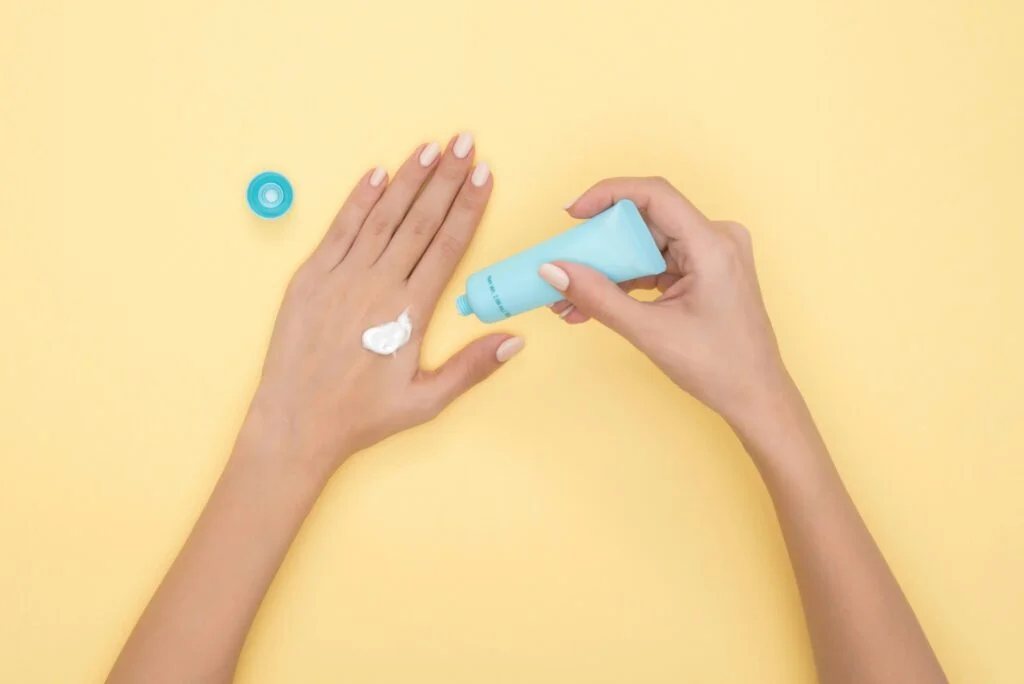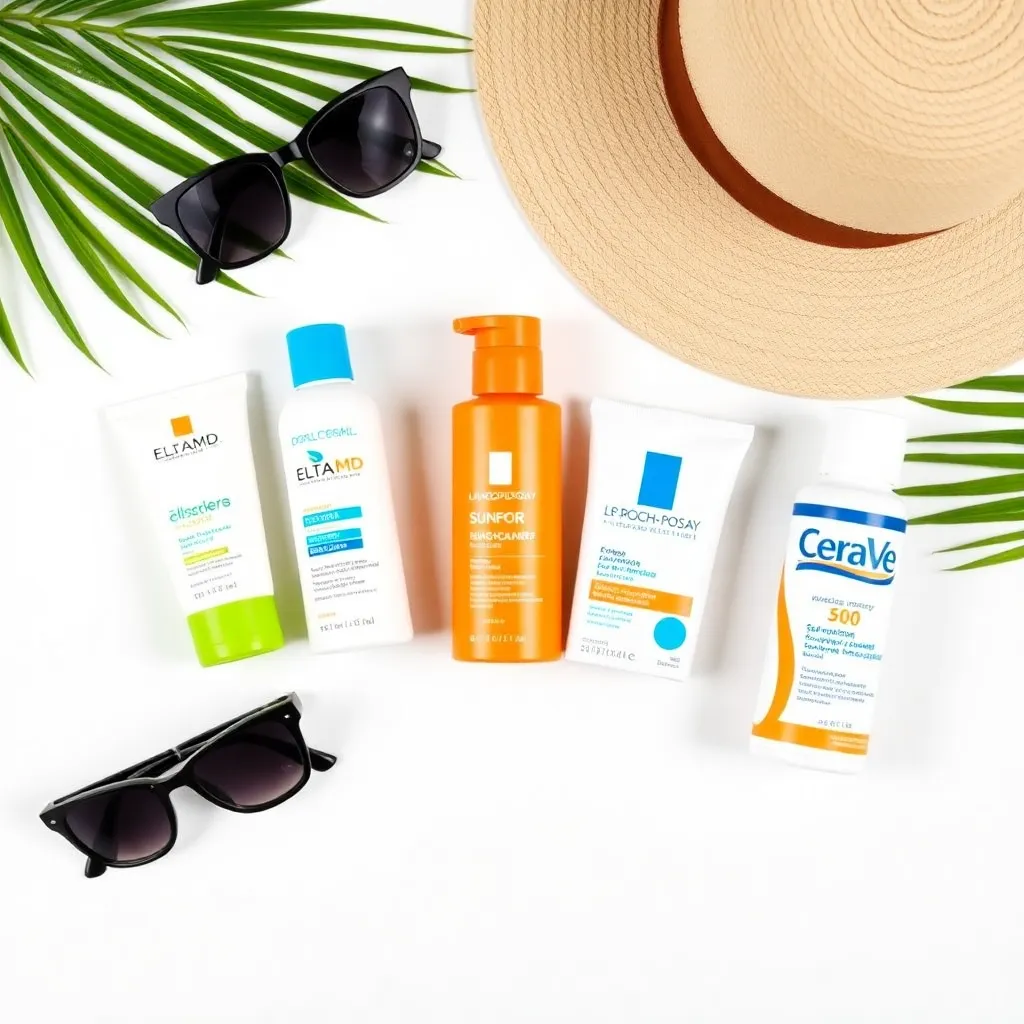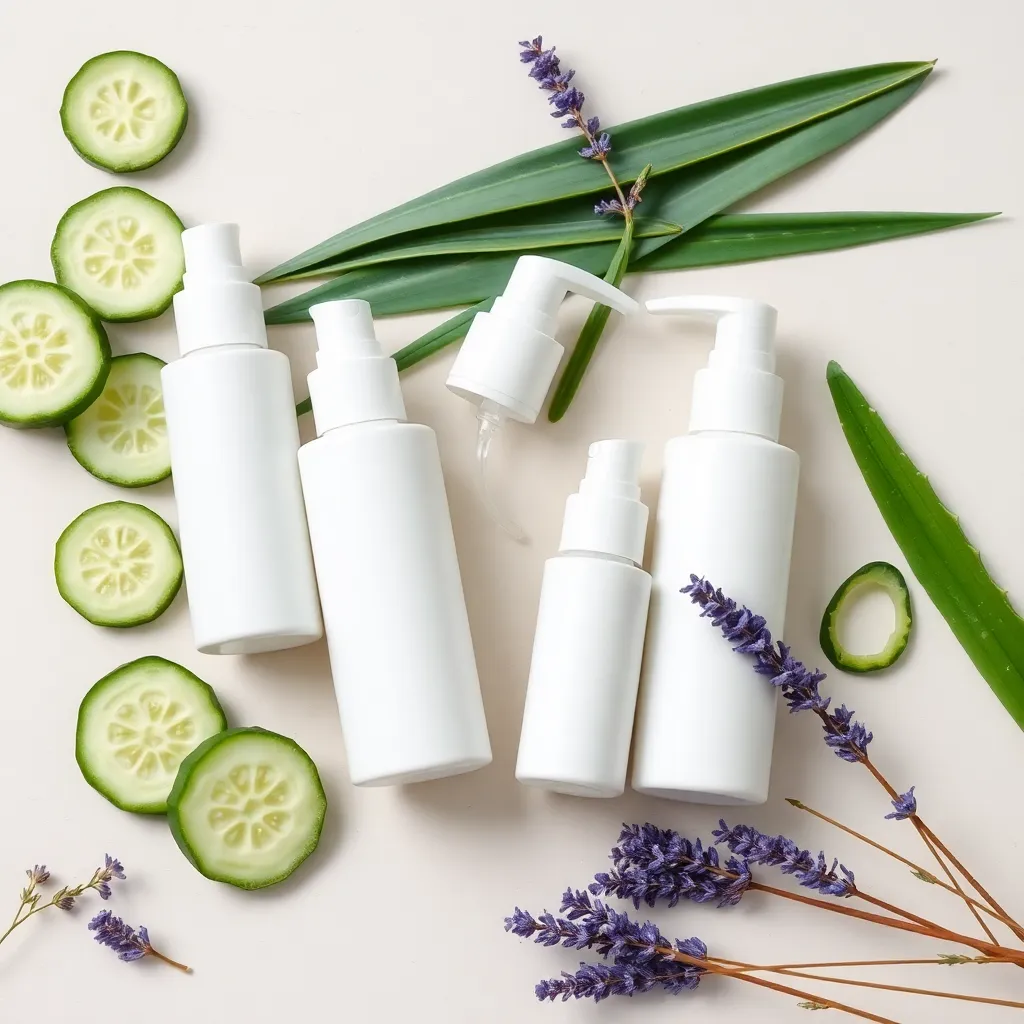Best Sunscreens of 2025, Tested and Chosen From 20 Top Brands
Finding the best sunscreens for your face can be challenging with so many options on the market. In 2025, sunscreen has come a long way, and the newest products available are even more comfortable to wear and will not make the face shiny or stick. To help you navigate the options, we tested top 20 brands to find the best facial sunscreens to have in 2025.

Whether you’re searching for a daily sunscreen for glowing skin, the best water-resistant sunscreen for outdoor activities, or a non-comedogenic sunscreen that won’t clog pores, this guide has you covered. So let’s consider what is the best skin-care product for each skin type, life situation, and price range.
The Most Effective & best Facial Sunscreens overall

The best face sunscreen in 2025 combines broad-spectrum protection, a lightweight formula, and added skin benefits like hydration or anti-aging properties. Our top pick this year is EltaMD UV Clear Broad-Spectrum SPF 46, an oil-free sunscreen for the face that’s perfect for acne-prone and sensitive skin.
Why We Love It:
- Broad-spectrum sunscreen benefits: UVA and UVB protection was also ensured.
- Non-comedogenic sunscreen: reduces accumulation of skin debris and hence can be helpful for those who have acne-prone skin.
- Sunscreen for all skin types: non-comedogenic, gentle, and perfect for normal skin, oily skin, and acne-prone skin.
Other highly rated options include:
- Supergoop Unseen Sunscreen SPF 40: Sheer, not oily, and great for putting on the skin under the foundation.
- La Roche-Posay Anthelios Melt-in Milk SPF 60: Sunscreen cream for the outdoors and water sports/Waterproof sunscreen lotion.
- Neutrogena Hydro Boost SPF 50: Ideal waterproof moisturizing lotion from the gel series.
Best Face Sunscreen 2025: Looking for the best face sunscreen for your daily use?
Here are some top picks for different skin types:
- Best sunscreen for Oily Skin
La Roche-Posay Anthelios Clear Skin SPF 60 is the best sunscreen for oily skin, with a matte finish and oil-absorbing technology. Lightweight formula for long-lasting sun protection without the greasiness.
- Best Sunscreen for Dry Skin
For dry skin, CeraVe Hydrating Mineral Sunscreen SPF 30 is packed with ceramides and hyaluronic acid. SPF moisturizer with sunscreen for broad-spectrum protection and skin nourishment.
- Best Sunscreen for Sensitive Skin
Sensitive skin requires gentle, fragrance-free sunscreens like Aveeno Positively Mineral SPF 50. Its soothing formula makes it one of the best sunscreens for sensitive skin.
- Best sunscreen for Combination skin
Supergoop Mineral Sheer Screen SPF 30 is an excellent choice for combination skin, offering a lightweight texture that balances oily and dry areas.
- Best Gel Sunscreen
Neutrogena Hydro Boost Gel SPF 50 is the best for its water-based formula. Best lightweight sunscreen for tropical or summer use.
- Best Sunscreen with Extra Benefits
Murad City Skin Age Defense SPF 50 has antioxidants to fight pollution and blue light, the best sunscreen with extra benefits for city people.
For budget-friendly, Australian Gold Botanical SPF 50 is an affordable sunscreen brand that’s reef-safe and all-day wear.
Selecting a sunscreen that suits your skin type is essential for optimal protection. Feeling unsure about where to begin? Explore our comprehensive guide on creating a non-toxic skincare routine for expert tips and helpful insights!
Best Face Sunscreens Compared
| Product Name | SPF Level | Skin Type | Key Features | Price Range |
|---|---|---|---|---|
| EltaMD UV Clear | SPF 46 | Oily, Acne-Prone, Sensitive | Oil-free, Non-comedogenic, Lightweight | $43.00 |
| Supergoop! Unseen | SPF 40 | All Skin Types | Invisible Finish, Broad-Spectrum | $38.00 |
| La Roche-Posay Melt-in Milk | SPF 100 | Dry, Sensitive | Water-Resistant, Hydrating, Dermatologist-Approved | $25.99-$37.99 |
| Neutrogena Hydro Boost | SPF 30 | Dry, Combination | Hydrating, Lightweight, Affordable | $26.79 |
Our criteria for Selecting the best face sunscreens
Selecting the best facial sunscreens in 2025 involved extensive testing and analysis. We considered the following factors:
- Broad-spectrum sunscreen benefits: Protection against both UVA and UVB rays is crucial.
- SPF levels: Only products with SPF 30 or higher were included.
- Lightweight formulas: convenience and effectiveness of the sunscreen were important factors—greasy sunscreens were avoided.
- Skin compatibility: We tested sunscreens for various skin types, including oily, dry, sensitive, and acne-prone skin.
- Additional features: Products offering hydration, anti-aging benefits, or tinted coverage were given extra points.
Mastering how to apply Sunscreen Application: Tips for Optimal Skin Protection

Proper sunscreen application is essential for maintaining healthy, youthful skin and protecting against harmful UV rays. Whether you’re heading to the office, lounging at the beach, or engaging in outdoor activities, these sunscreen application tips will help you stay protected while maximizing your skincare routine
1. Use the Right Amount of Sunscreen
To ensure full coverage and effective protection, it’s crucial to use the correct amount of sunscreen. For your face, a nickel-sized amount is ideal. Applying too little may leave areas of your skin vulnerable to sun damage, increasing the risk of premature aging and skin cancer. For your body, aim for about an ounce of sunscreen—the equivalent of a shot glass.
Pro Tip: Don’t forget commonly overlooked areas like your ears, neck, and the back of your hands. These spots are just as exposed and require protection.
2. Reapply Sunscreen Regularly
Sunscreen effectiveness diminishes over time, especially when exposed to water, sweat, or sun. Reapply sunscreen every two hours to maintain protection. If you’re swimming or sweating, choose a water-resistant formula and reapply immediately after drying off.
Why It Matters: Consistent reapplication shields your skin from prolonged exposure to harmful UVA and UVB rays, reducing the risk of burns and sun damage.
3. Pair Sunscreen with Makeup
For those who wear makeup, finding a compatible facial sunscreen is key. Opt for a lightweight, invisible formula like Supergoop Unseen SPF 40. This sunscreen doubles as a primer, ensuring your makeup stays flawless without pilling or greasiness.
Application Tip: Apply sunscreen as the final step of your skincare routine and allow it to set before applying makeup. For additional protection, consider using a setting spray with SPF.
4. Choose Water-Resistant Sunscreen for Active Days
When planning beach trips, outdoor workouts, or any activity that makes you sweat, select a water-resistant sunscreen like Coppertone Sport SPF 50. These formulas are designed to stay effective even when exposed to moisture, providing longer-lasting protection during high-intensity activities.
Remember: Even water-resistant sunscreens need to be reapplied after swimming or heavy sweating to maintain their effectiveness.
5. Match Your Sunscreen to Your Skin Type
Different skin types require different sunscreen formulations. For oily or acne-prone skin, choose a non-comedogenic sunscreen that won’t clog your pores. Dry skin benefits from hydrating sunscreens containing ingredients like hyaluronic acid or glycerin.
Best Picks:
- For sensitive skin: Mineral sunscreens with zinc oxide or titanium dioxide.
- For oily skin: Gel-based or matte-finish sunscreens.
6. Layer Your Sun Protection
Sunscreen is your first line of defense, but it’s not the only one. Enhance your sun protection strategy by wearing wide-brimmed hats, UV-blocking sunglasses, and sun-protective clothing. These additional layers reduce your skin’s direct exposure to harmful rays.
Stay Protected and Radiant with non toxic sunscreens in 2025

With advancements in skincare, the best sunscreens for 2025 cater to every lifestyle and skin type. From lightweight formulas perfect for daily wear to tinted options that double as makeup, there’s something for everyone.
Whether you’re looking for a top sunscreen that pairs seamlessly with your morning routine or a water-resistant option for outdoor adventures, the right lightweight sunscreen for daily use ensures you stay protected while maintaining a radiant glow.
Make sunscreen your ultimate skincare essential—it’s a small step with big benefits for your skin’s future.
FAQS
What is the best brand sunscreen for face?
The best sunscreen brand for your face depends on your specific skin type and needs. Here are some of the top brands that are highly recommended for their effective and dermatologist-approved formulas:
EltaMD: Known for its gentle, broad-spectrum protection, perfect for sensitive and acne-prone skin.
La Roche-Posay : offers high-quality, dermatologist-recommended sunscreens with a focus on sensitive skin.
Supergoop!: Popular for its innovative and lightweight formulas, ideal for daily use under makeup.
Neutrogena: Offers affordable options that are effective for various skin types, including non-comedogenic formulas for acne-prone skin.
Is neutrogena sunscreen safe?
Neutrogena sunscreens are generally considered safe for most users, as they are widely recommended by dermatologists for sun protection.
Is zinc or titanium oxide better sunscreen?
Both zinc oxide and titanium dioxide are effective mineral sunscreen ingredients, but each has unique properties:
Zinc Oxide: Provides broader protection against both UVA and UVB rays, making it an ideal choice for sensitive or acne-prone skin.
Titanium Dioxide: Lighter and easier to blend into the skin, but it primarily protects against UVB rays and short-wave UVA rays.
Many sunscreens combine both ingredients for comprehensive protection.
Is SPF 70 too much?
SPF 70 is not harmful, but it offers only marginally more protection than SPF 30 or SPF 50. While SPF 30 blocks about 97% of UVB rays, SPF 50 blocks 98%, and SPF 70 blocks about 98.5%. Regular reapplication every two hours is more important than choosing a very high SPF, as no sunscreen can block 100% of UV rays.
Is SPF 50 too strong for face?
No, SPF 50 is not too strong for your face. It provides excellent protection, particularly for those with fair skin, a history of skin cancer, or those who spend prolonged time outdoors. Look for non-comedogenic formulas to avoid clogging pores.
Is SPF 30 or 50 better for face?
Both SPF 30 and SPF 50 offer excellent protection, but the best option depends on your exposure to the sun:
SPF 30: Suitable for daily use with minimal sun exposure.
SPF 50: Ideal for prolonged outdoor activities or if you are more prone to sunburn.
What SPF level is best for face?
Dermatologists recommend using SPF 30 or higher for daily use. For extended sun exposure, an SPF 50 sunscreen is better to ensure maximum protection.
Is Neutrogena sunscreen good or bad?
Neutrogena sunscreens are generally considered good due to their broad-spectrum protection, affordability, and options for various skin types. However, some individuals with sensitive skin may find irritation from chemical filters. If you have sensitive skin, opt for their mineral-based formulas like Neutrogena Sheer Zinc.
How do I choose the right sunscreen for my face?
1. Consider Your Skin Type:
Oily/Acne-Prone: Choose oil-free, non-comedogenic sunscreens.
Dry Skin: Go for hydrating sunscreens with ingredients like hyaluronic acid.
Sensitive Skin: Look for mineral sunscreens with zinc oxide or titanium dioxide.
2. Check SPF Level: Opt for at least SPF 30 for daily use.
3. Look for Broad-Spectrum Protection: Ensure the sunscreen protects against both UVA and UVB rays.
4. Patch Test: Before applying to your face, do a patch testto check for any reactions.
What is the healthiest sunscreen to use?
The healthiest sunscreens are those that use mineral filters like zinc oxide and titanium dioxide, and are free of harmful chemicals. Look for options that are:
Free from parabens, fragrances, and artificial preservatives.
Reef-safe: Avoid oxybenzone and octinoxate.
Top brands offering healthy sunscreens include Badger Balm, Blue Lizard, ThinkSport, and EltaMD.
What are the disadvantages of zinc oxide sunscreen?
While zinc oxide is highly effective, it has a few drawbacks:
1. White Cast: May leave a visible white residue, especially on darker skin tones.
2. Thicker Texture: Zinc oxide sunscreens can feel heavy and greasy, making them less ideal for oily skin.
3. Cost: Zinc oxide-based sunscreens are often more expensive than chemical alternatives.
What is the least toxic sunscreen?
The least toxic sunscreens are those made with mineral-based filters and free of harmful chemicals like oxybenzone and octinoxate. Look for non-nano zinc oxide or titanium dioxide formulas.
Examples of less toxic sunscreens include Badger Mineral Sunscreen, ThinkSport SPF 50+, and Blue Lizard Sensitive Mineral Sunscreen. These products prioritize clean ingredients and environmental safety.
Explore our top recommendations and embrace sun protection as a key step in your radiant skincare routine today!
For more expert skincare tips and carefully curated product guides, visit Toxin Free Glow.
Glow with confidence—your skin will love you for it!

